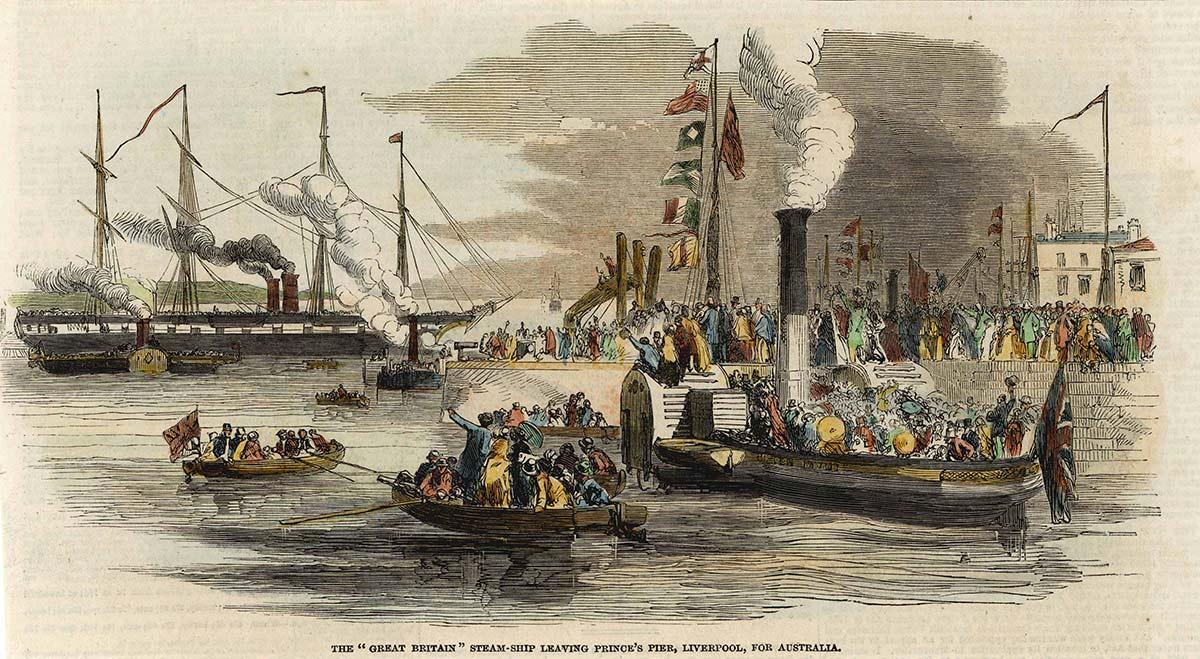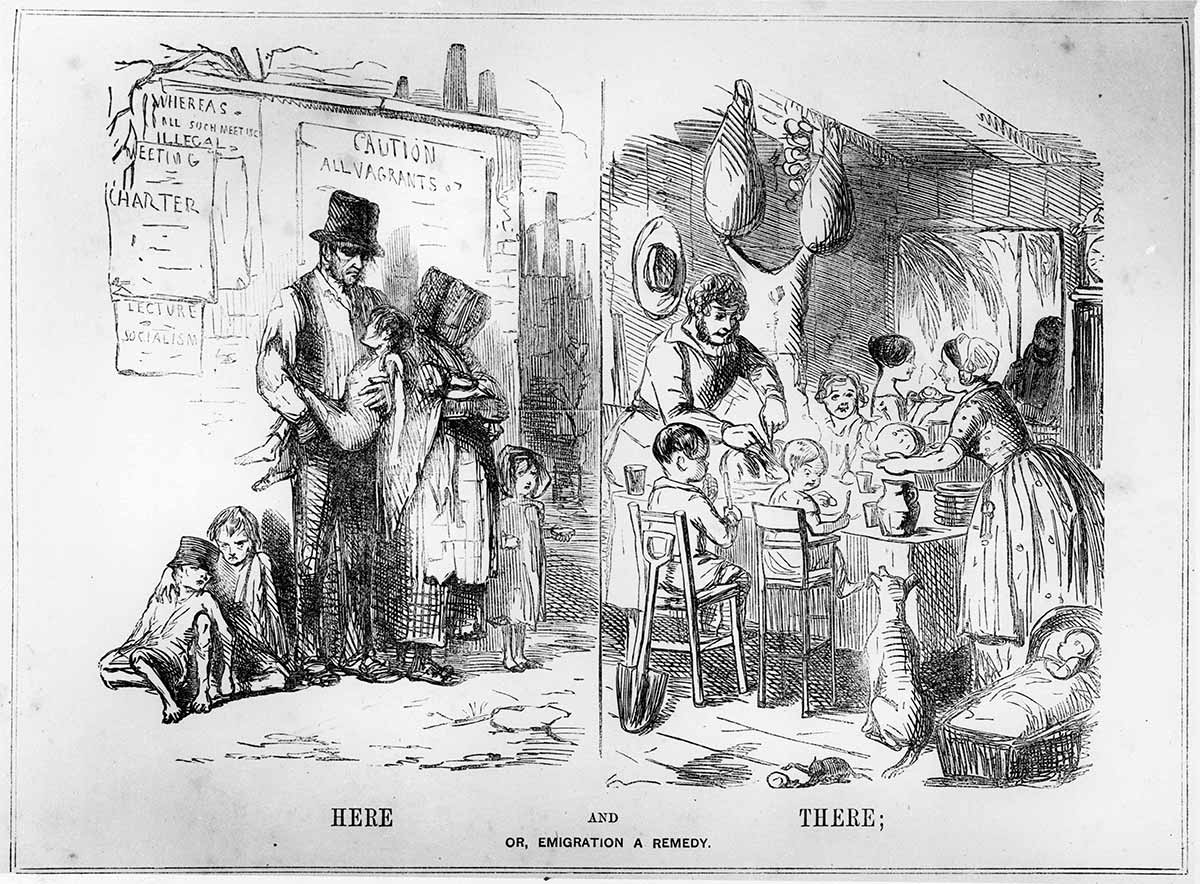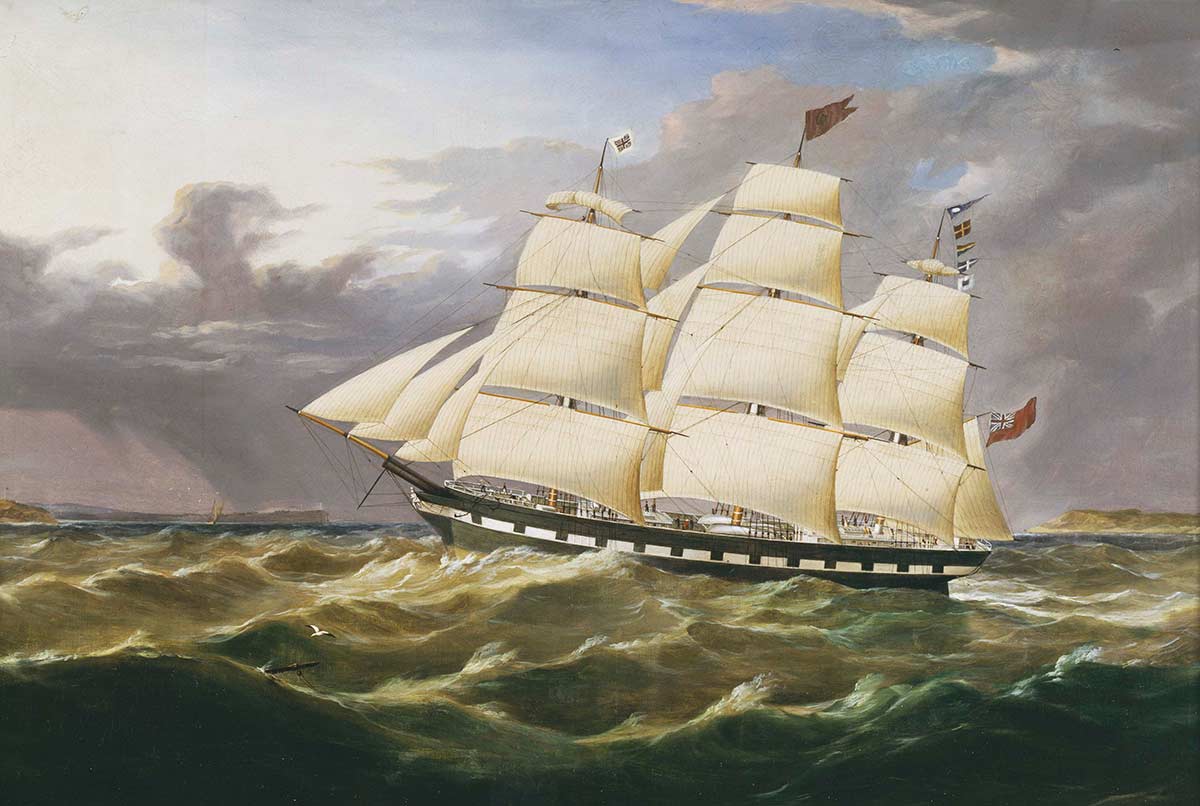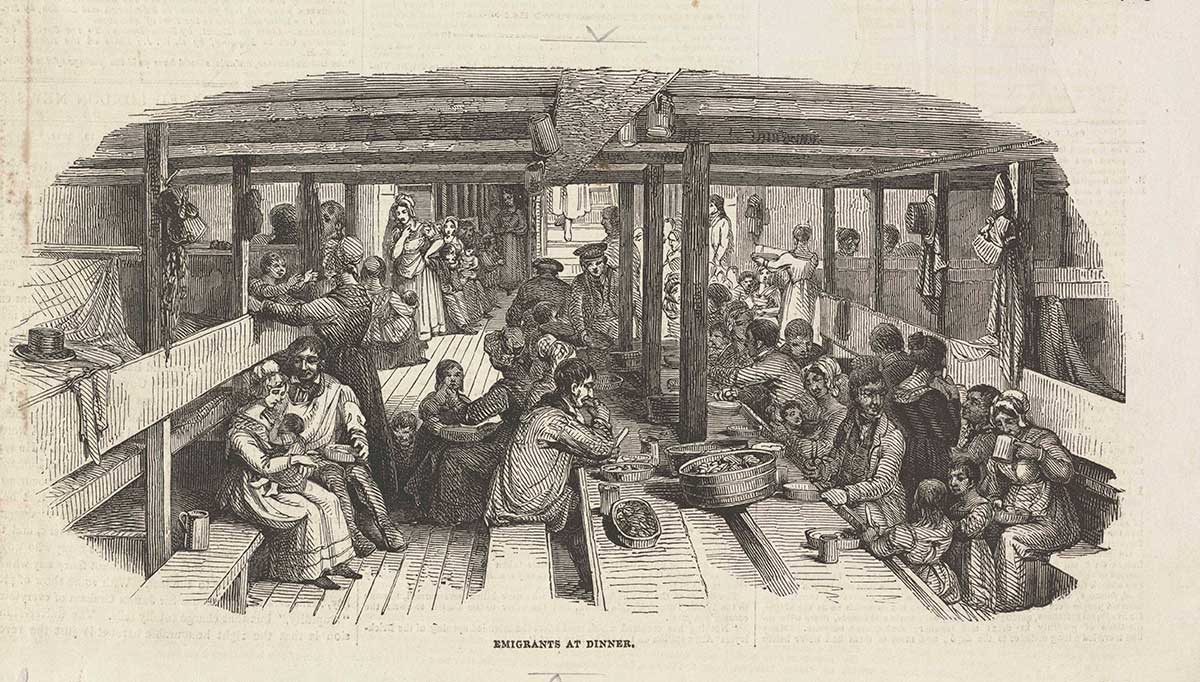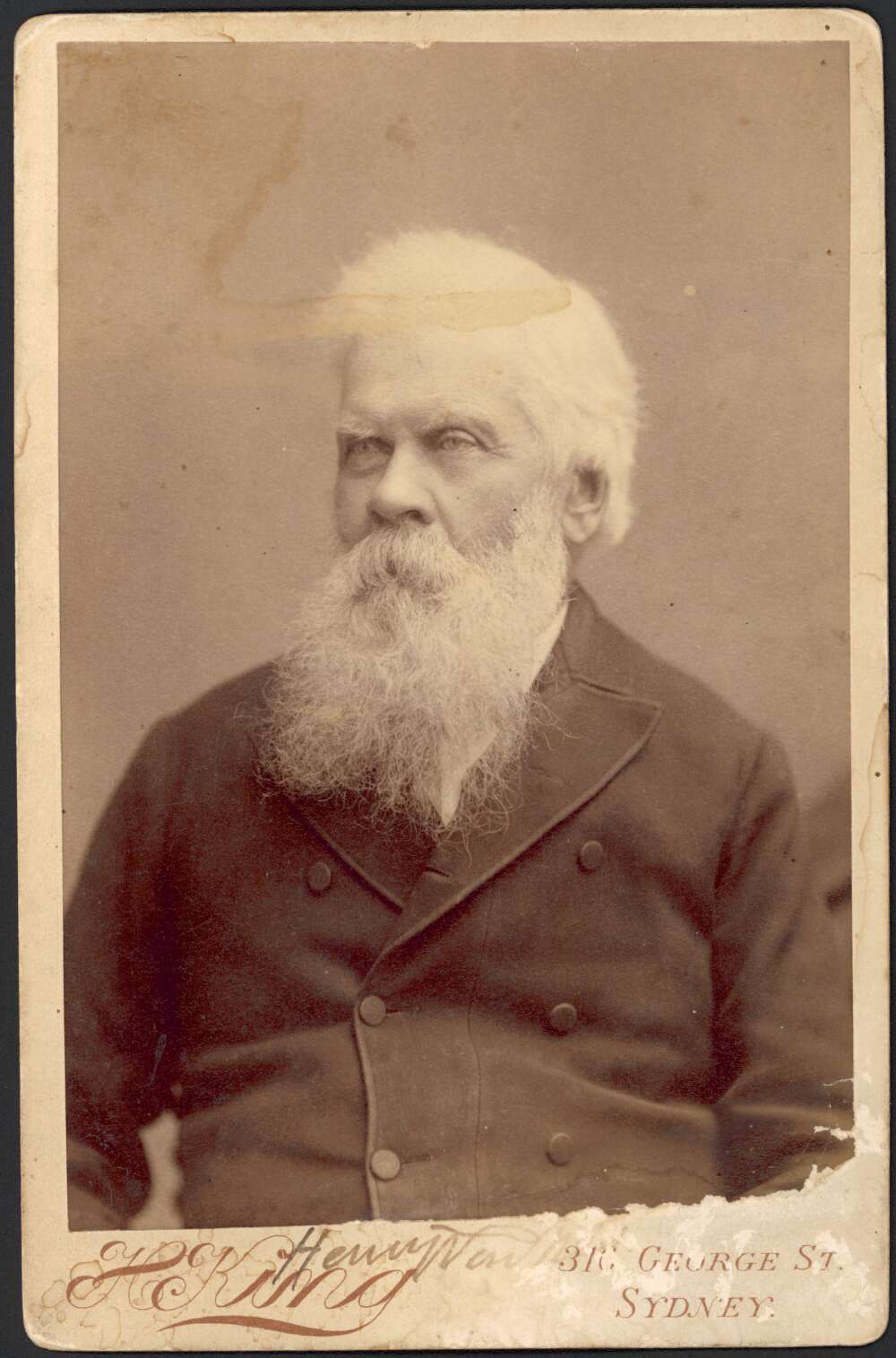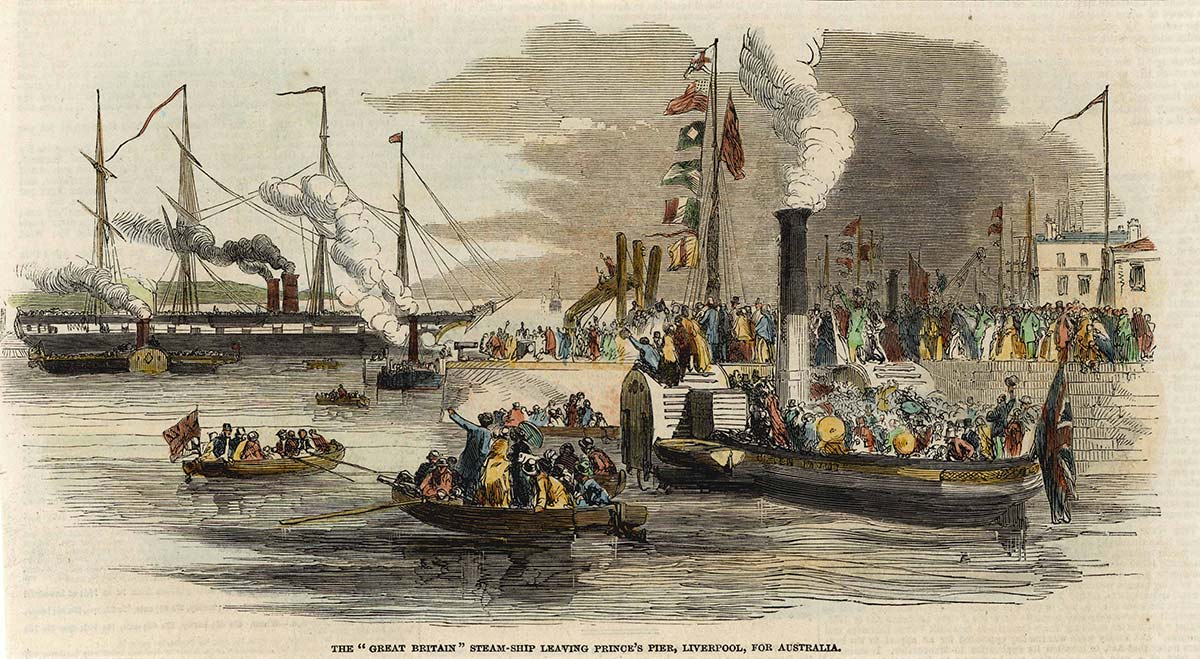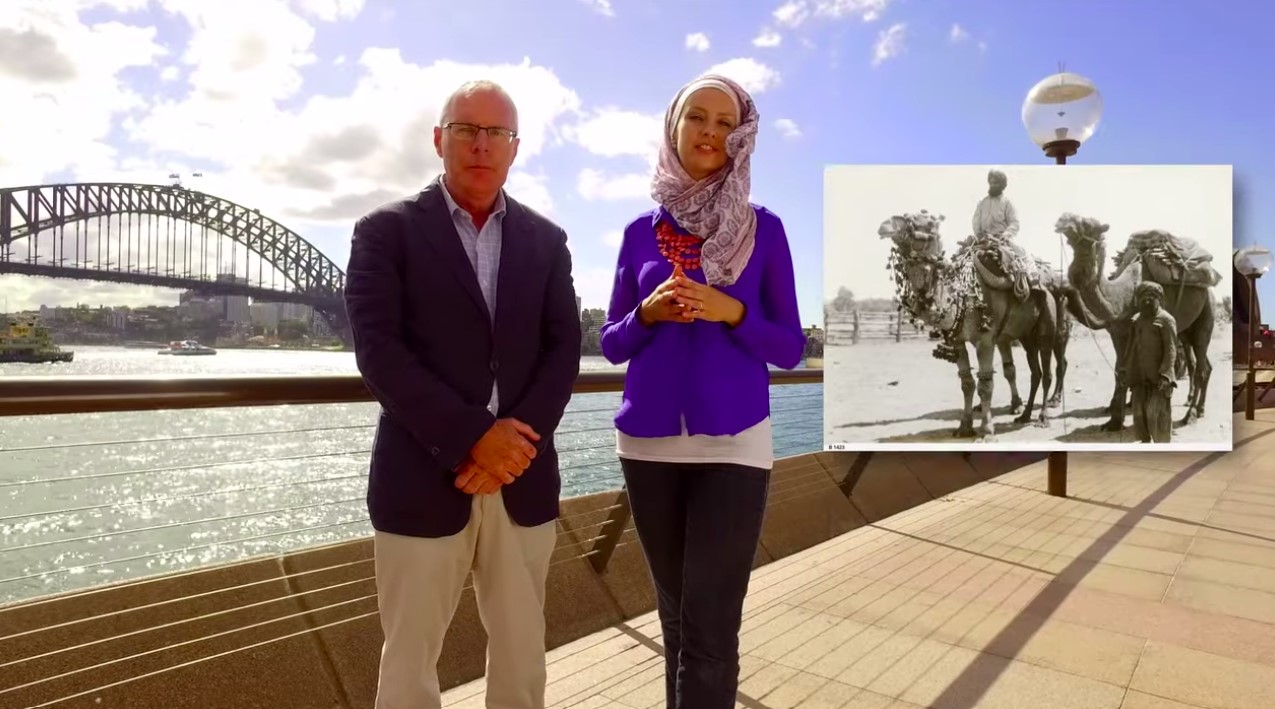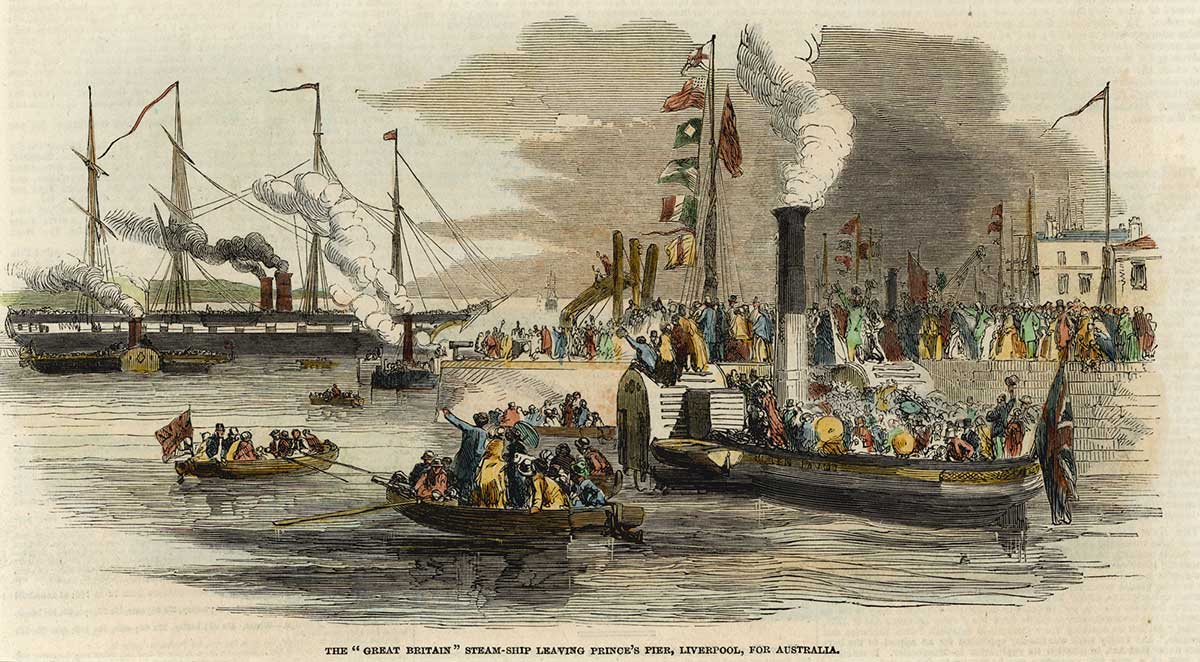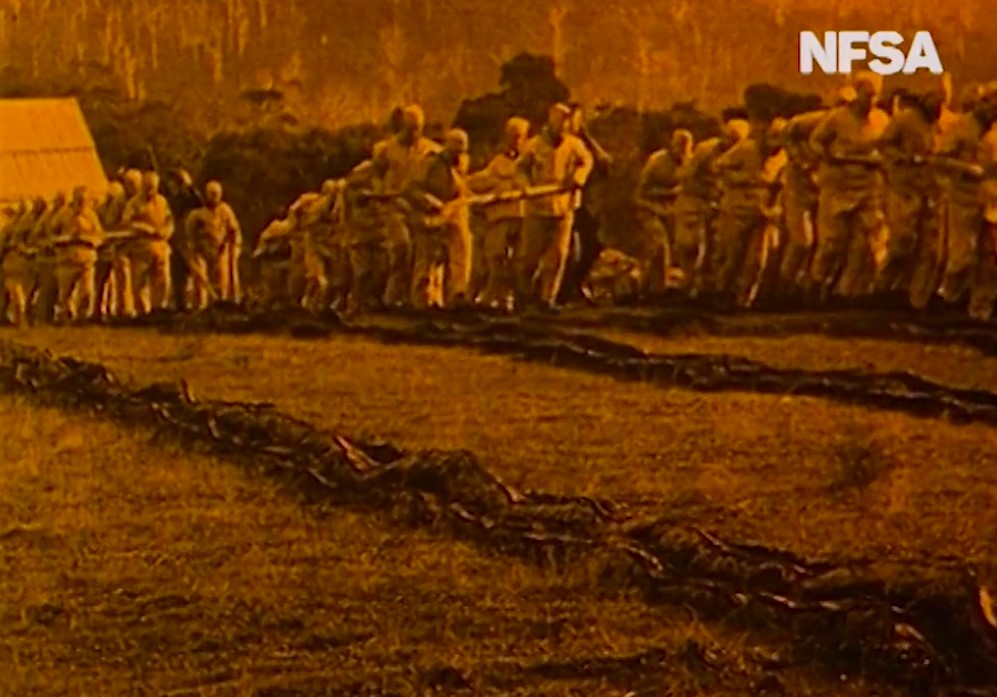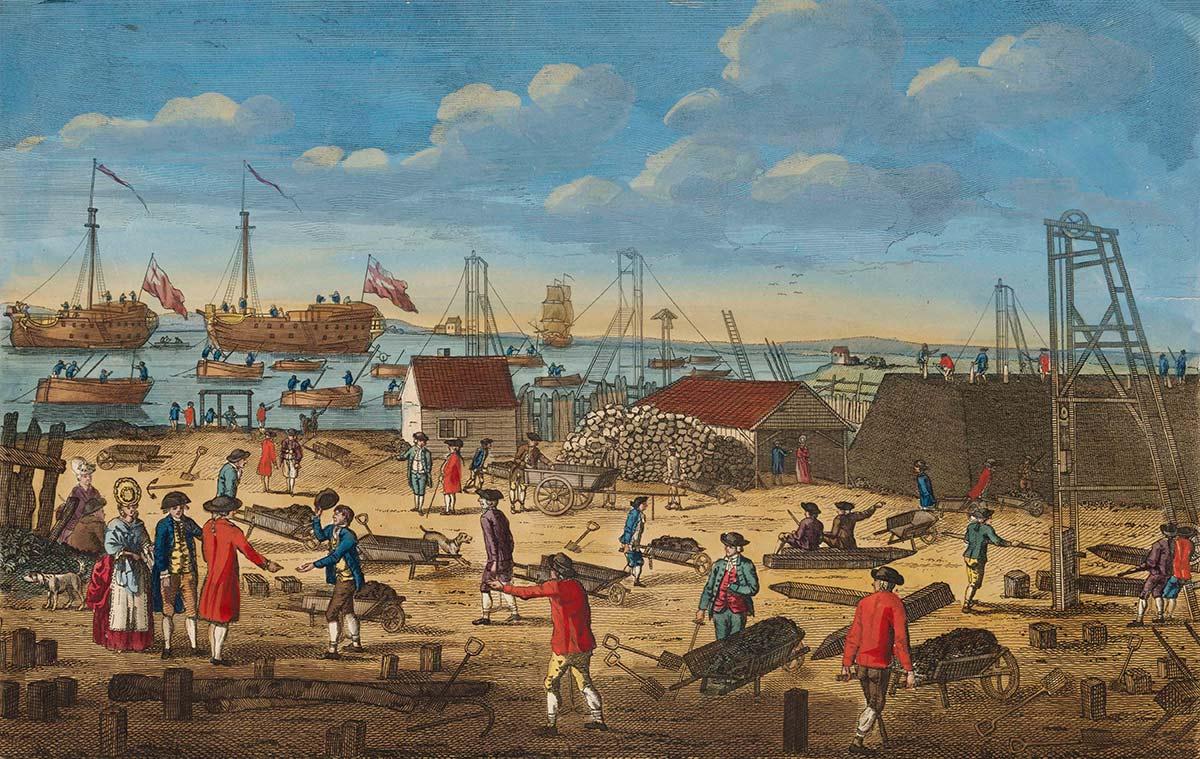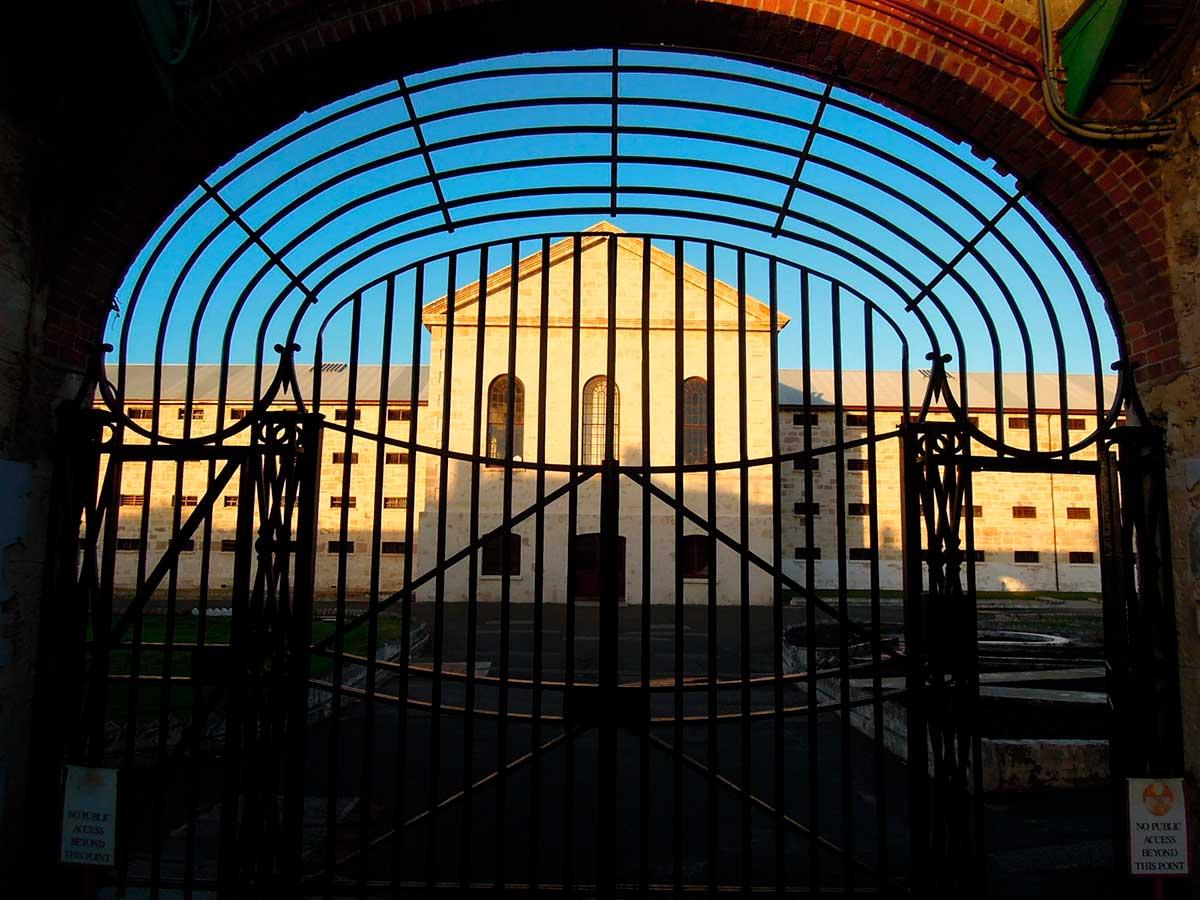‘We can have a free passage’
1832: Introduction of assisted migration
‘We can have a free passage’
1832: Introduction of assisted migration
In a snapshot
From 1831 the British and Australian colonial governments paid, or partly paid, for thousands of migrants to move to Australia. This boosted the population of the Australian colonies and at the same time reduced the need for convict labour. From 1832 until the 1850s around 357,000 assisted migrants came to Australia.
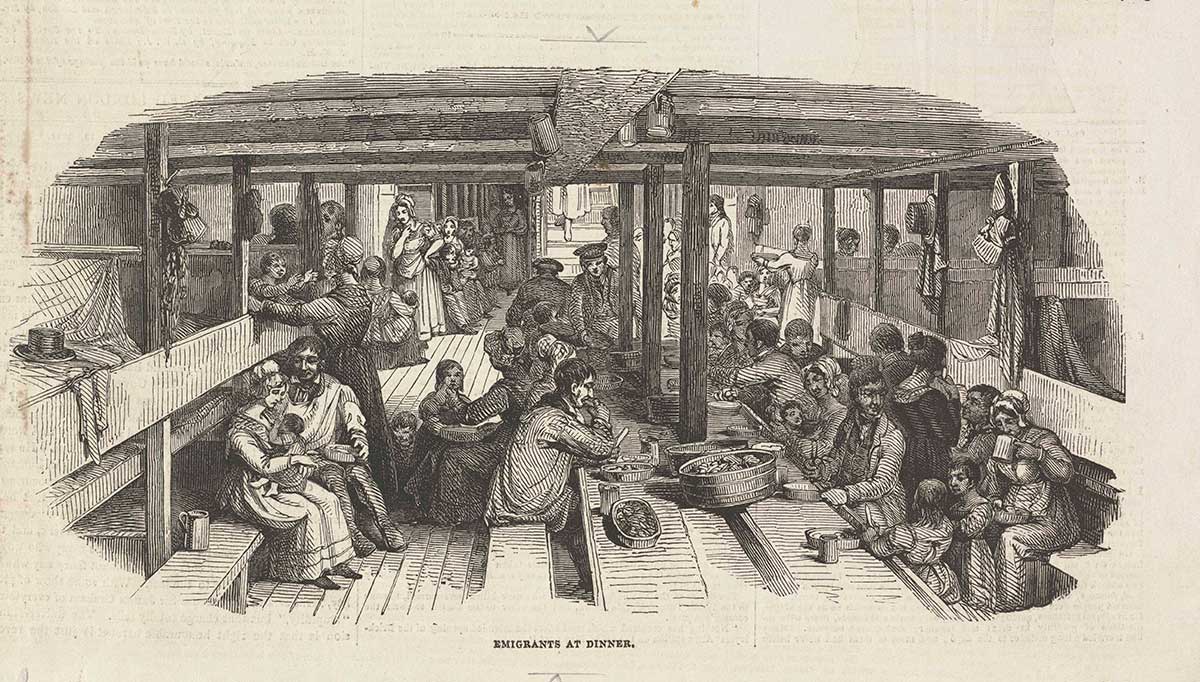
 Can you find out?
Can you find out?
1. How many people migrated to Australia between 1832 and the 1850s as part of the assisted migration scheme?
2. What sorts of migrants did the Australian colonies want? Why?
3. Which important Australian came to Australia as an assisted migrant?
What happened in Australia in the 1800s?
The 1800s was a time when many people emigrated from Europe, and from Britain in particular. Most went to the United States and Canada. The much longer trip to Australia was too expensive for most poor migrants.
Many of those who did arrive in Australia in the early 1800s were convicts, transported for crimes they had committed in Britain. After Europeans crossed the Blue Mountains in 1813 Australia also attracted wealthy free settlers who hoped to take advantage of the new land that became available for grazing sheep and cattle.
Why did Britain encourage migration?
Both British and Australian governments wanted to increase the number of free migrants who were travelling to Australia. There were not enough jobs available for all the people in Britain. The British Government was worried that its population was growing faster than its resources, and the dissatisfied working classes might cause social disorder.
Small farmers were losing their land in both Ireland and Scotland. For many of them emigration to either the Americas or Australia was the answer. It was also a practical financial solution. Wealthier people in Britain had to pay taxes to support the very poor. If the poor migrated they would no longer be a burden, and eventually they would become a market for British products.
Research task
Australia introduced the Assisted Passage Migration Scheme in 1945. Why was this scheme introduced, and what sort of migrants did it target?
‘I have been to the Government emigration office to ascertain what assistance they afford to mechanics wishing to emigrate, and we can have a free passage, being young and having no children.’
Why did Australia need migrants?
The Australian colonial governments particularly wanted skilled labourers and single women. Labourers were needed, especially to work inland, and single women could help balance the numbers of men and women in the colonies. In the early 1830s migrants were given an assisted passage to encourage more free settlers. This meant the government paid for their journey but they had to repay this money over time as they found work.
By the late 1830s the colonial governments had started to give free passage to migrants without expecting them to repay the debt. When they arrived assisted migrants could live on board ship for 10 days while they looked for work. After that they had to fend for themselves.
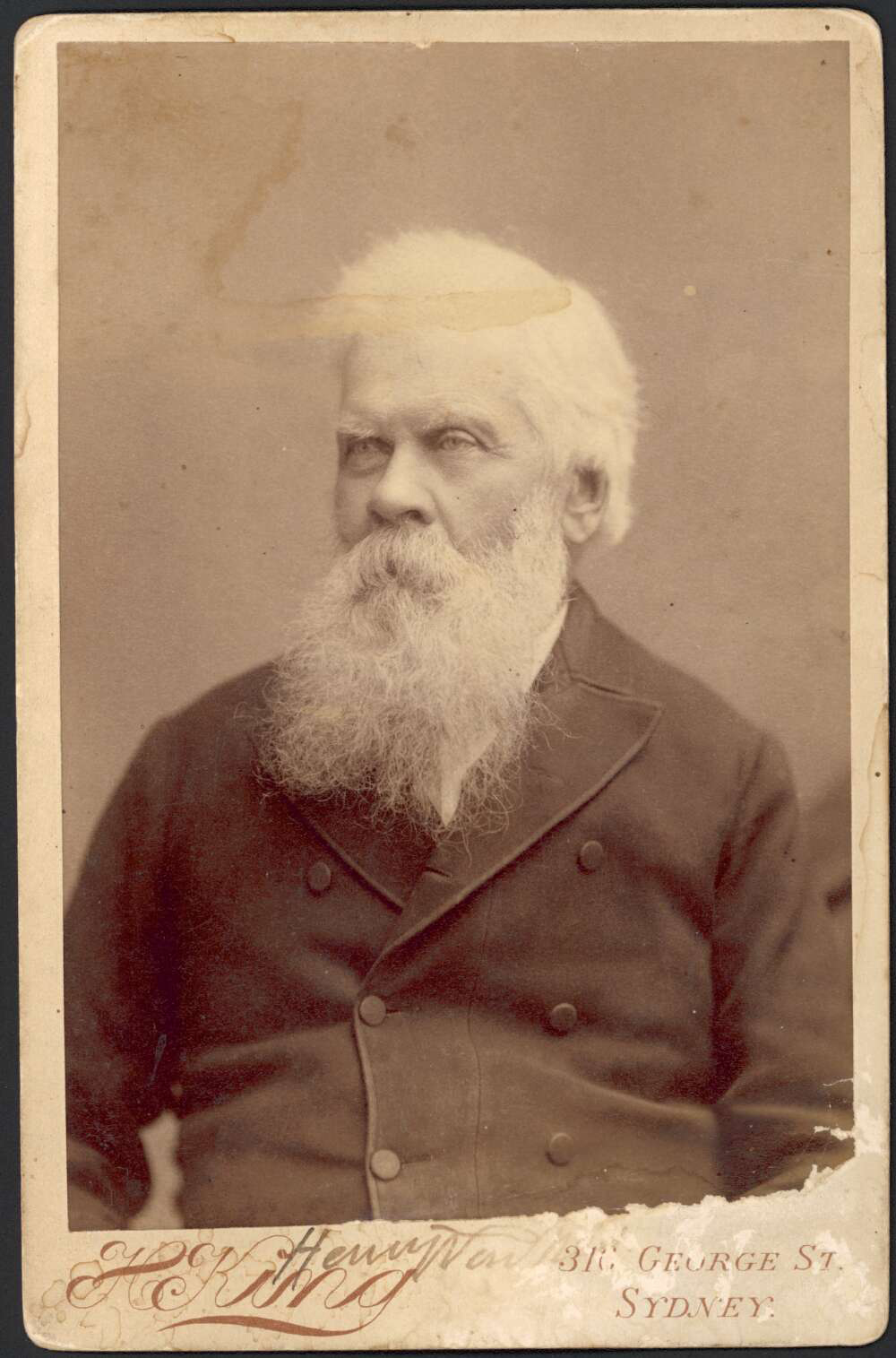
Who was Henry Parkes?
In 1839 Henry Parkes and his wife, Clarinda, were two of the thousands of assisted migrants who travelled to Australia. Parkes later became premier of New South Wales and one of the fathers of Federation. Like many migrants the couple arrived in Australia with almost no money and had to sell belongings to survive.
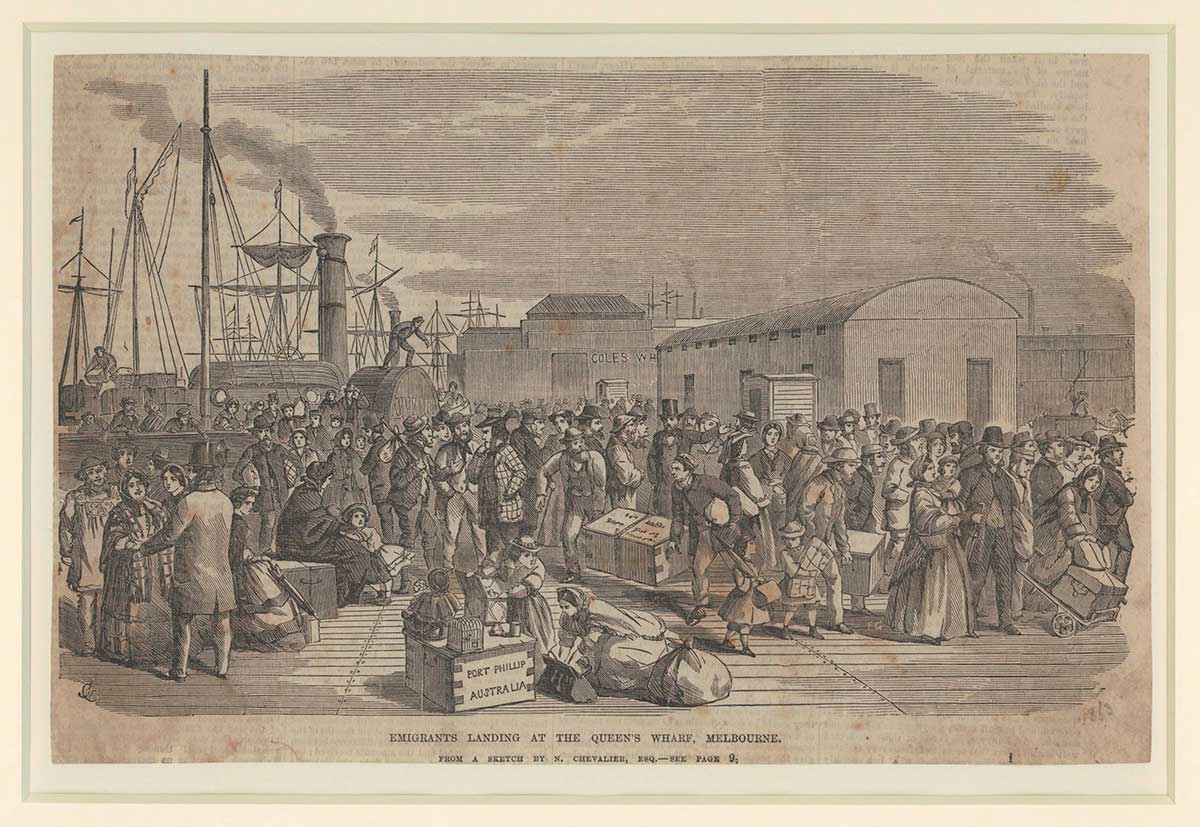
How successful was assisted migration to Australia?
Overall the assisted migration schemes were very successful and meant that the colonies were no longer as dependent on convict labour. Between 1832 and 1850 around 127,000 assisted migrants came to Australia, making up about 70 per cent of all immigrants in that period. In the 1850s after gold was discovered, around 230,000 assisted migrants came to Australia, making up about 50 per cent of all migrants. Most came from the United Kingdom (including Ireland).
Assisted migration continued for the rest of the 1800s and it was an important factor in increasing the European population in Australia.
Read a longer version of this Defining Moment on the National Museum of Australia’s website.
Research task
Use the ‘Migration’ filter on the Defining Moments Timeline to research other waves of migration to Australia.
 What did you learn?
What did you learn?
1. How many people migrated to Australia between 1832 and the 1850s as part of the assisted migration scheme?
2. What sorts of migrants did the Australian colonies want? Why?
3. Which important Australian came to Australia as an assisted migrant?






